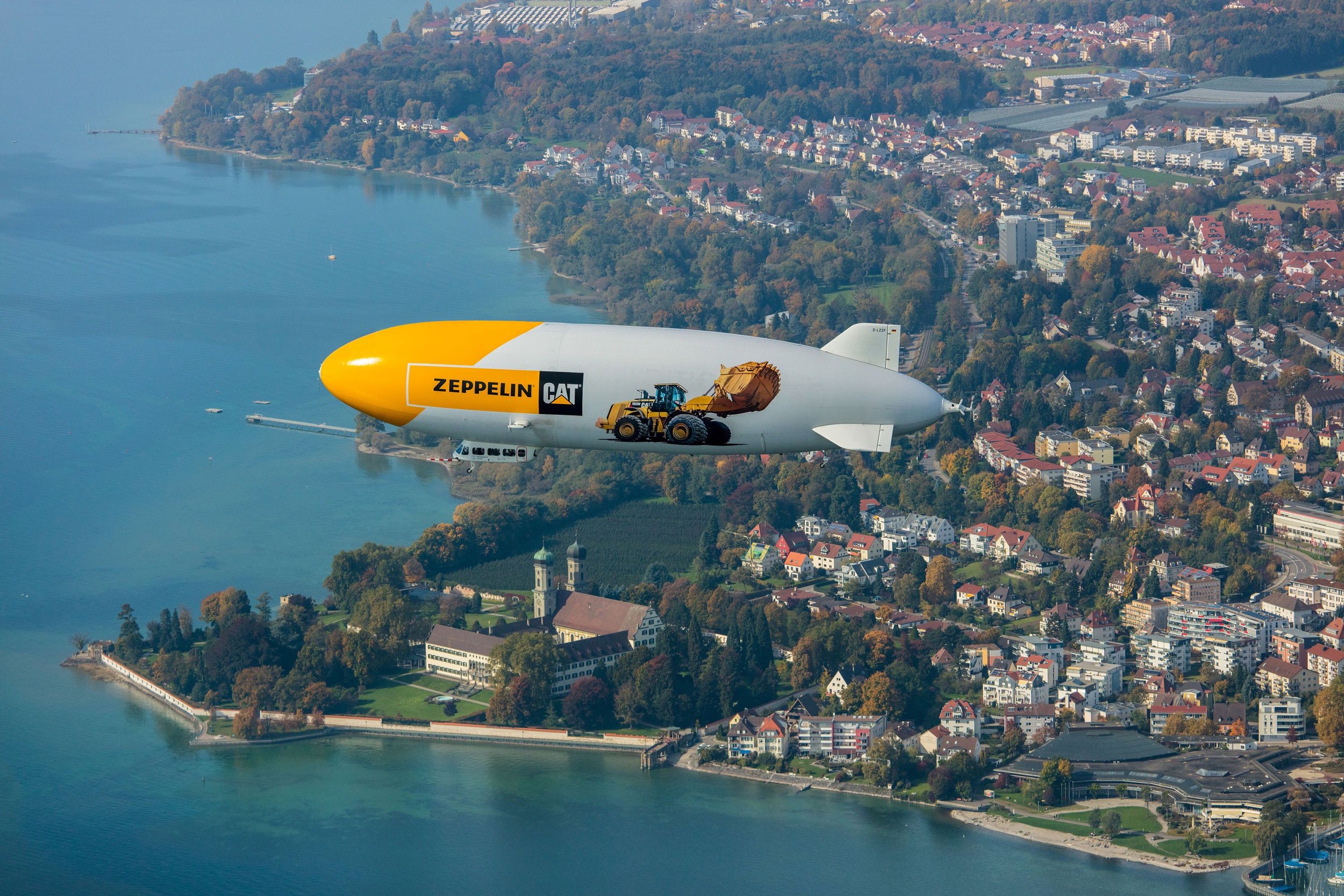
In 1956, as Cold War tensions were hardening, President Dwight D. Eisenhower envisioned a global network of citizen diplomats from which the sister-city movement was born.
About Us
The sister-city relationship between Peoria, Illinois, and Friedrichshafen, Germany, began in 1976. While initially based on commerce (due to our Caterpillar connections), personal friendships quickly emerged as the cornerstone of our bond. Through a thousand gatherings. Through the longest-running youth exchange in the U.S. Through personal memories created with new family from another culture. We feel we have achieved President Eisenhower's sister city vision of a network that would be a champion for peace and prosperity by fostering bonds between people from different communities around the world.
Sister-City Movement
On September 25, 1956—just two weeks after his historic White House Conference on Citizen Diplomacy—President Eisenhower came to Peoria to deliver a major speech at Bradley University. Though focused on agricultural policy, the ideas that gave rise to the sister-city movement were not far from his mind as he urged progress toward “the kind of America in which we believe: an America whose prosperity flourishes when we are at peace.”
Twenty years after President Eisenhower’s ideas were put into play, a delegation from one of Caterpillar’s largest dealerships was visiting Peoria. “We got to talking,” recalls then-Mayor Dick Carver, “and I discovered that the Cat dealership was actually owned by the City of Friedrichshafen.” Noting their strong commonalities, Carver thought a more formal relationship between the two cities was in order, and began to draft a resolution to submit to the City Council. After some back and forth, Peoria and Friedrichshafen became “sisters” six months later.
Since that 1976 visit, what started as a simple business connection has blossomed into much more—an array of activities that includes the longest continuously running youth exchange among sister cities anywhere in the country. Over the years, there have been numerous exchanges of art, music and museum exhibits, as well as educational trips, internships and yearly delegations to and from Friedrichshafen. Most of these activities are coordinated through the Friends of Friedrichshafen, a nonprofit organization that helps plan the annual exchanges. Its enduring success has served as a model for Peoria’s three other sister cities: Benxi, China (1994); Clonmel, Ireland (1998), and Aytou, Lebanon (2014).
Peoria
Peoria is the county seat of Peoria County, Illinois United States, and the largest city on the Illinois River. As of the 2020 census, the city had a population of 113,150. It is the principal city of the Peoria Metropolitan Area in Central Illinois, consisting of the counties of Fulton, Marshall, Peoria, Stark, Tazewell, and Woodford, which had a population of 402,391 in 2020.
Established in 1691 by the French explorer Henri de Tonti, Peoria is the oldest permanent European settlement in Illinois according to the Illinois State Archaeological Survey. Originally known as Fort Clark, it received its current name when the County of Peoria organized in 1825. The city was named after the Peoria tribe, a member of the Illinois Confederation. On October 16, 1854, Abraham Lincoln made his Peoria speech against the Kansas-Nebraska Act. Prior to prohibition, Peoria was the center of the whiskey industry in the United States. More than 12 distilleries operated in Peoria by the end of the 19th century, more than any other city in the U.S.
A major port on the Illinois River, Peoria is a trading and shipping center for a large agricultural area that produces corn, soybeans, and livestock. Although the economy is well diversified, the city's traditional manufacturing industries remain important and produce earthmoving equipment, metal products, lawn-care equipment, labels, steel towers, farm equipment, building materials, steel, wire, and chemicals. Until 2018, Peoria was the global and national headquarters for heavy equipment and engine manufacturer Caterpillar Inc., one of the 30 companies composing the Dow Jones Industrial Average, and listed on the Fortune 100; in the latter year, the company relocated its headquarters to Deerfield, Illinois. The company still maintains a large manufacturing presence in the city and is one of its largest employers.
Friedrichshafen
An economic center and popular tourist destination, Friedrichshafen lies in the south of Germany along the northern edge of Lake Constance (Bodensee in German). Across the freshwater lake—one of Europe’s largest—a breathtaking view of the Swiss Alps provides a picturesque backdrop for the city’s resort-like feel. Like Peoria, Friedrichshafen is anchored by a great industrial presence that encompasses much of its civic identity: “What Cat is to Peoria, Zeppelin is to Friedrichshafen,” proclaimed the headline of a 2013 Peoria Journal Star article.
In the early 20th century, the Zeppelin company was renowned for its airships, a symbol of technological innovation and progress. But after the Hindenburg disaster of 1937 and Allied bombings of Friedrichshafen during World War II—which decimated its production facilities—the company had to transform itself. It did just that in 1954, becoming the exclusive distribution and service partner of Caterpillar Inc. in what was then West Germany. A series of acquisitions and expansions have since made the company, known today as Zeppelin Baumaschinen GmbH, one of Caterpillar’s largest European dealers.
The links between Friedrichshafen and Zeppelin are intimate and inextricable. The company is owned by the Zeppelin Foundation, which is managed by the City of Friedrichshafen and provides about two thirds of its budget. The city-owned foundation also controls ZF Friedrichshafen AG, one of the world’s largest automotive suppliers, originally founded to produce gears for Count Zeppelin’s famous airships. All across the city where the Count launched his first aircraft in 1900, the Zeppelin name is writ large, from the Zeppelin Museum—the city’s top tourist attraction and home of the world’s largest aviation collection—to Zeppelin University and countless streets, businesses and memorials. Friedrichshafen has a population of about 58,000.